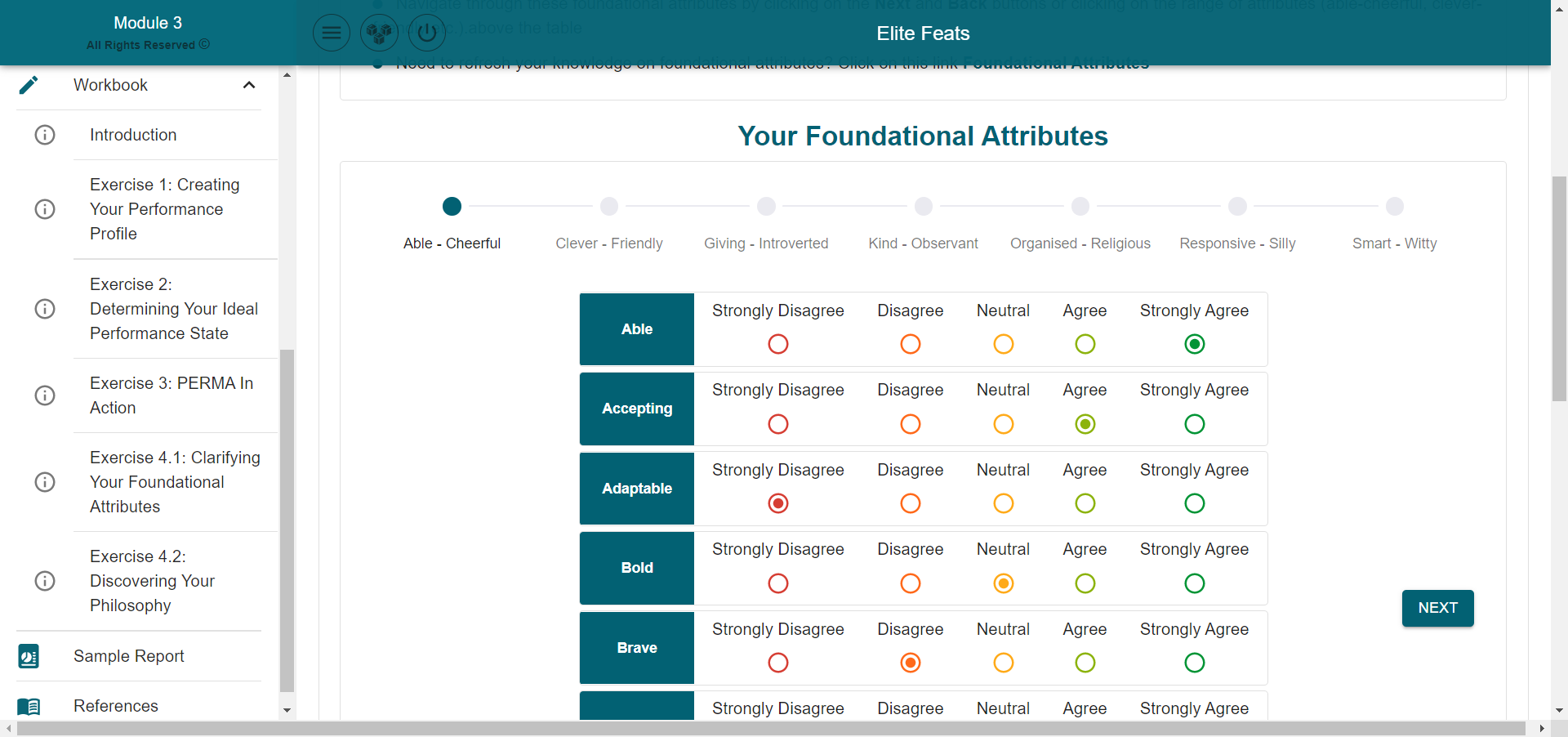CDN Tuning and Optimization Tips for Peak Performance

1. Choose a CDN with Global Reach and Low Latency:

- Opt for CDNs with servers distributed across multiple regions to minimize latency and improve user experience.
- Monitor network performance metrics such as TTFB (Time to First Byte) and Latency to identify potential bottlenecks.
2. Leverage Edge Caching:

- Configure your CDN to cache static content, such as images, videos, and JavaScript files, at edge locations closest to users.
- This reduces load on your origin server and speeds up content delivery.
- Consider using a Content Delivery Network (CDN) that supports edge computing for faster content caching and processing.
3. Optimize Content Compression:
- Enable GZIP or Brotli compression on your CDN to reduce the size of cached files.
- This minimizes bandwidth usage and improves loading speeds, especially for larger files.
4. Use Parallel Downloads:
- Configure your CDN to use parallel downloads for large files.
- This technique breaks up the file into smaller chunks and downloads them simultaneously, reducing download times.
5. Implement Header Optimization:
- Add appropriate HTTP headers to your CDN configuration, such as:
- Cache-Control: to specify the caching behavior for different content types
- Expires: to indicate the expiration time for cached content
- Vary: to customize cache behavior based on user characteristics (e.g., device type)
6. Monitor and Track CDN Performance:
- Establish key performance indicators (KPIs) to monitor your CDN’s effectiveness, such as:
- TTFB
- Latency
- Cache hit ratio
- Traffic volume
- Use CDN analytics tools to track these metrics and identify areas for improvement.
7. Optimize Content Prefetching:
- Use prefetching techniques to proactively load resources that users are likely to access in the near future.
- This helps eliminate delays and improves the user experience on subsequent page loads.
8. Test Different CDN Configurations:
- Experiment with different CDN settings and configurations to determine the optimal setup for your specific needs.
- Conduct performance tests to compare configurations and identify the one that provides the best results.
9. Consider DNS Prefetching:
- Configure your website to include DNS prefetch hints in the HTML code.
- This instructs the user’s browser to resolve the DNS address of the CDN server in advance, reducing the initial page load time.
10. Monitor for Security Vulnerabilities:
- Regularly scan your CDN configuration for potential security vulnerabilities.
- Ensure your CDN provider follows industry-standard security protocols and best practices to prevent data breaches and malicious attacks.## Achieving Peak Performance: CDN Tuning and Optimization Tips
Executive Summary
Content Delivery Networks (CDNs) have become indispensable for enhancing website performance and delivering a seamless user experience. By strategically tuning and optimizing your CDN, you can significantly reduce website load times, improve content availability, and boost your overall website performance. This article delves into the intricacies of CDN tuning and optimization, providing practical tips and insights to help you maximize the benefits of CDN technology.
Introduction
In today’s fast-paced digital landscape, website speed and availability have become paramount factors in user satisfaction and business success. A website that takes too long to load or is frequently unavailable can drive away customers, damage your reputation, and negatively impact your bottom line. CDNs play a crucial role in addressing these challenges by caching and distributing your website’s content across a global network of servers. By tuning and optimizing your CDN, you can further enhance its effectiveness and ensure that your website consistently delivers a high-quality experience to all your users.
Frequently Asked Questions (FAQs)
- What is CDN tuning and optimization?
CDN tuning and optimization involves adjusting the settings and configurations of your CDN to improve its performance and efficiency. It includes optimizing caching policies, configuring network settings, and leveraging advanced features to maximize the benefits of CDN technology.
- Why is CDN tuning and optimization important?
By tuning and optimizing your CDN, you can reduce website load times, improve content availability, enhance security, and optimize resource utilization. It can significantly improve the user experience, increase conversion rates, and boost your website’s overall performance and reliability.
- How can I tune and optimize my CDN?
Tuning and optimizing your CDN requires a comprehensive approach that involves analyzing your website’s traffic patterns, experimenting with different settings, and continuously monitoring and adjusting your configuration to ensure optimal performance.
Top 5 CDN Tuning and Optimization Tips
1. Cache Optimization
- Use a caching engine that supports HTTP/2: HTTP/2 provides faster and more efficient content delivery, reducing page load times and improving overall performance.
- Implement browser caching: By setting appropriate HTTP headers, you can enable browsers to cache frequently requested resources such as images, CSS, and JavaScript files.
- Configure cache invalidation policies: Establish clear rules for when cached content should be invalidated to ensure that users always access the most up-to-date version of your website.
2. Network Optimization
- Choose a CDN with a global network of servers: This ensures that your content is served from the closest location to your users, minimizing latency and maximizing download speeds.
- Configure load balancing algorithms: Utilize load balancing techniques to distribute traffic evenly across multiple servers, preventing bottlenecks and ensuring high availability.
- Monitor network performance: Track key network metrics such as latency, packet loss, and connection times to identify and address any performance issues.
3. Security Optimization
- Implement SSL/TLS encryption: Secure your CDN connection to protect user data from interception and eavesdropping.
- Enable DDoS mitigation: Utilize CDN features that protect your website from distributed denial-of-service (DDoS) attacks, ensuring uninterrupted access for legitimate users.
- Configure access control lists (ACLs): Restrict access to your CDN content based on specific IP addresses, protocols, or geographical locations to enhance security.
4. Content Delivery Optimization
- Use image optimization techniques: Optimize images for web by reducing their file size and optimizing their format to reduce bandwidth usage and improve page load times.
- Enable compression: Compress content such as HTML, CSS, and JavaScript to reduce their file size and speed up delivery.
- Implement lazy loading: Load images and other heavy content only when they are needed, reducing initial page load times and improving user experience.
5. Monitoring and Analytics
- Monitor CDN performance: Utilize CDN dashboards, monitoring tools, and analytics to track key metrics such as load times, availability, and resource utilization.
- Analyze traffic patterns: Identify peak traffic times, frequently accessed content, and user behavior to optimize your CDN configuration accordingly.
- Conduct ongoing testing: Perform regular tests to assess the impact of CDN tuning and optimization changes on website performance and user experience.
Conclusion
By following these CDN tuning and optimization tips, you can dramatically improve the performance and reliability of your website. Remember that CDN optimization is an ongoing process that requires regular monitoring, analysis, and adjustments to ensure optimal performance in an ever-changing online environment. By embracing a proactive approach to CDN management, you can enhance the user experience, boost your website’s competitiveness, and drive business success.
Keyword Tags
- Content Delivery Network (CDN)
- CDN Tuning
- CDN Optimization
- Website Performance
- Content Delivery
